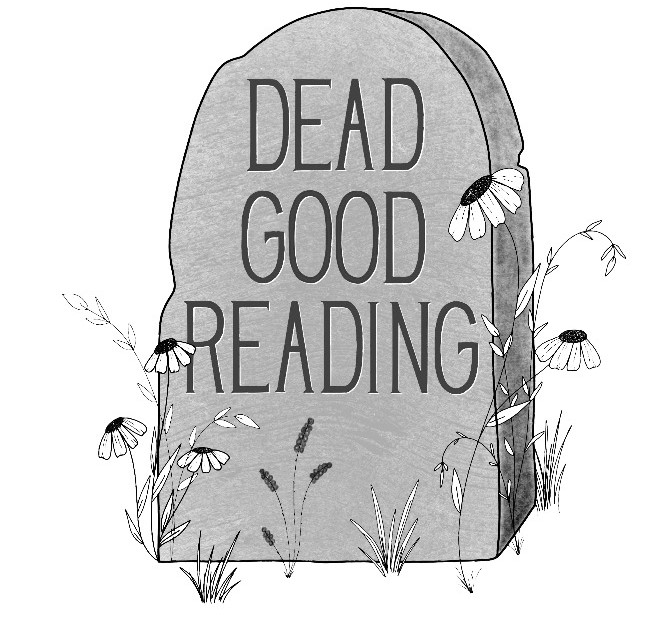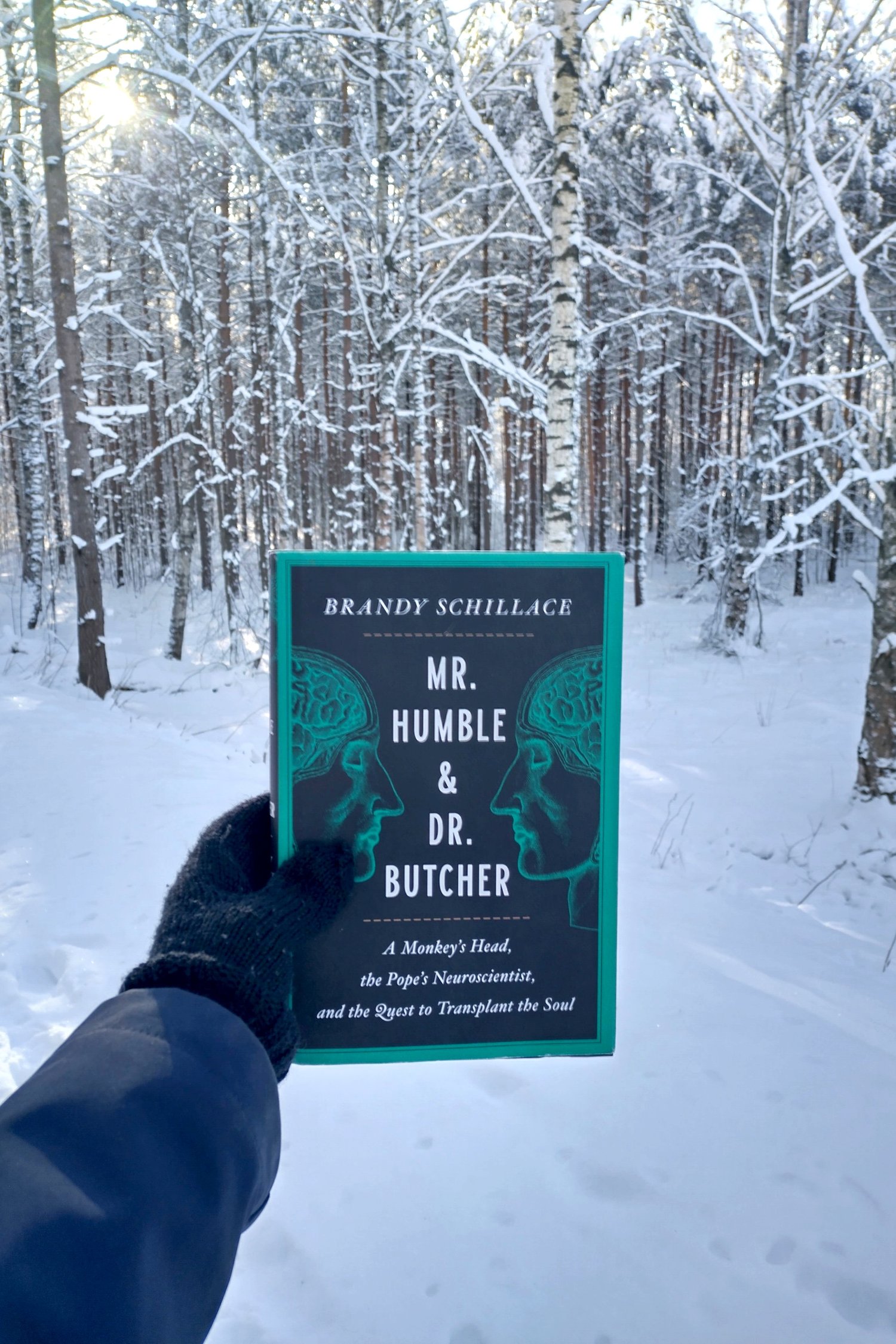In The Butchering Art historian Lindsey Fitzharris wrote about Joseph Lister, the surgeon we need to thank for antiseptic practices used in contemporary surgical practices. Lister transformed Victorian Medicine and likely paved the way for Dr Robert White to embark on the exploration described in Mr Humble & Dr Butcher: A Monkey’s Head, the Pope’s Neuroscientist, and the Quest to Transplant the Soul. Having Read The Butchering Art and Mr Humble back to back, you can see the tremendous stride surgery and science has made.
Medical Historian Brandy Schillace takes us to the early days of the Cold War where a doctor was on a quest to transplant the human brain. Yes, you read that right, the brain. This book felt like reading science fiction minus the fiction. It describes the very real experiments Dr Robert White conducted to determine whether the soul could be transplanted from one person to another.
“And so, out of the midcentury spirit of desperate scientific rivalry, came an impossible dream: not a head transplant (per se), but a full-body transplant- lungs, heart, kidneys, and all the wrappings. It sounds too much like Frankenstein. It sounds like the fever dream of B-movie scientists in frightful labs. But in the end, this isn’t a Frankenstein story at all; it’s a Jekyll-and-Hyde story of a doctor with two selves, two impulses and even two names.”
— Mr Humble and Dr Humble (Schillace, 2021 page 3)
White is a fascinating character who performed many surgeries, including transplanting the head of a monkey to a different monkey. He travelled to the Soviet Union, as video footage released claimed that all sorts of transplants were being conducted successfully in the USSR. White was a medical advisor to Pope John Paul II and founded their bioethics committee and, additionally, a humble family man. He truly seems a Renaissance Man.
While White might be best remembered for all his wacky experiments with monkeys and his quest to transplant the soul, some aspects of his work are still influential to this day. He laid the foundation for studies in neuroplasticity and showed that you need to cool the brain during surgery to prevent swelling. So however you feel about his work, his experiments are saving lives to this day.
White was one of the frontrunners in claiming that the cessation of a heartbeat does not equal death, and that we instead should focus on brain function. The notion of brain death has transformed the way we think about living and dying.
“For centuries, doctors had said that death comes when the heart stops and the patient stops breathing. But they were wrong. Death comes three to five minutes later, when the brain gives up the ghost. Sometimes brain death precedes the death of the body, such as when the brain has died and the body still breathes on machines.”
— Mr Humble and Dr Butcher (Schillace, 2021, page 109)
This move from the heart to the brain has had profound impact on the medical profession, bioethics, and what we consider live and death.
Mr Humble and Dr Butcher is a fascinating and accessible account on the live of a (mad?!) scientist and confronts the reader with an important bioethical question: just because something is possible, should we be doing it? Are there boundaries that doctors and researchers simply should not cross? Reading about White’s work, I don’t have a straightforward answer to this question, which I think speaks to the brilliance of a field like bioethics.
I love books that provide more questions than answers, and Mr Humble and Dr Butcher is no exception. It is not surprising that Schillace has started Peculiar Book Club, a book club where she talks with authors who have written unusual nonfiction. I cannot wait to find out what other peculiar historical figure Schillace finds in the archives, and look forward to reading whatever she publishes next.
To learn more about Brandy Schillace do visit her website.


Leave a Reply